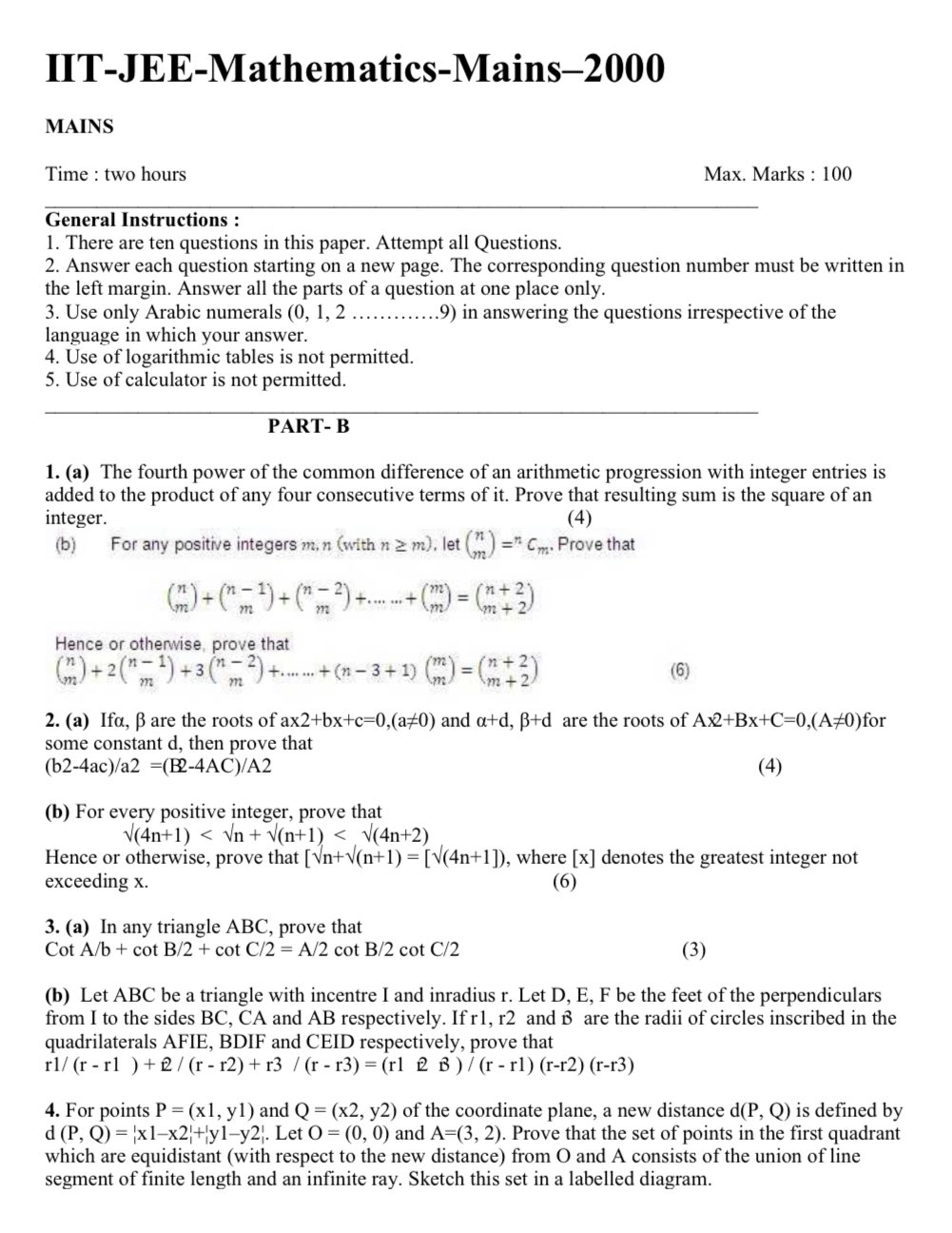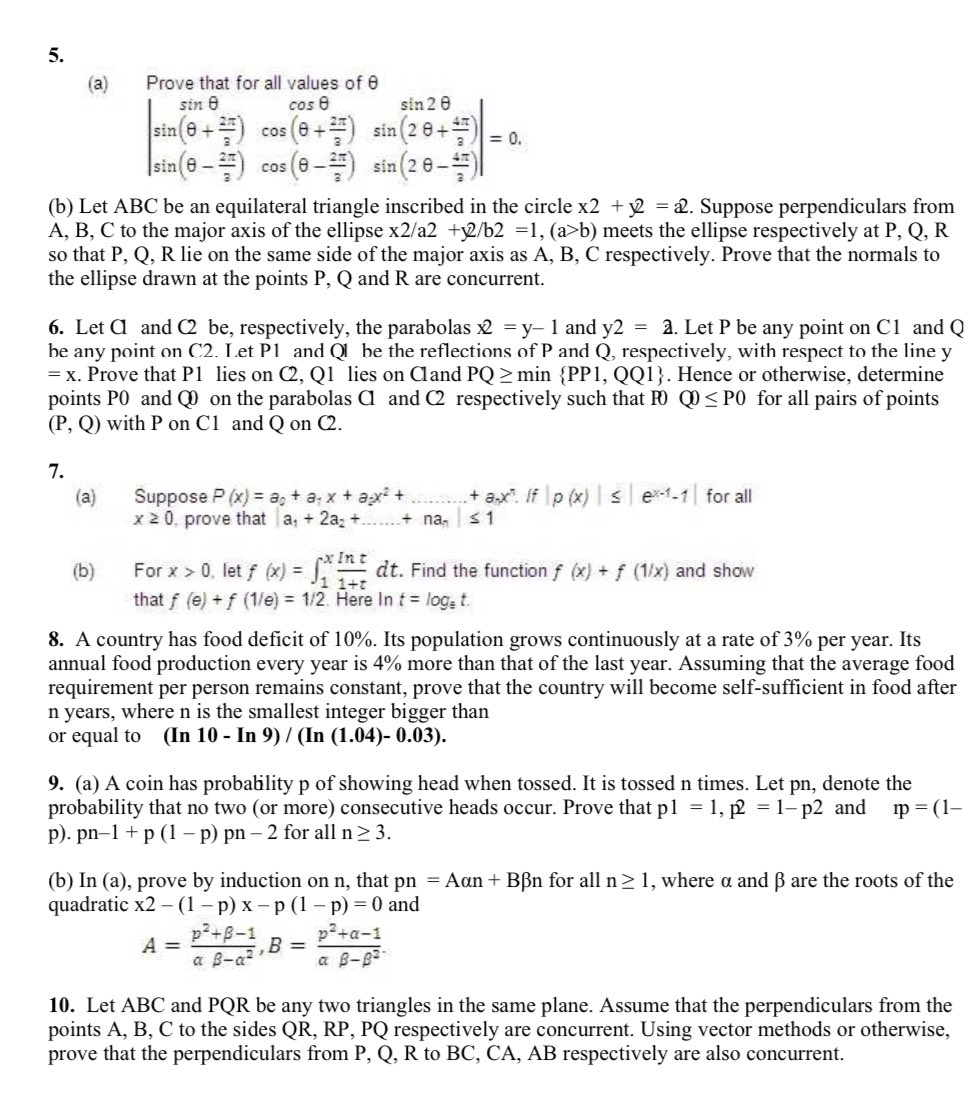The peak-end hypothesis means that we’ve come back from our trip to Jordan really happy. It was a brilliant and diverse experience, involving Roman History (Jerash, Amman Citadel), Christian Theology (Mount Nebo, Madaba), hill climbing (at Petra – more on that later), wilderness (Wadi Rum) and a resort and floating on water (Dead Sea).
However, preceding all this was an absolutely atrocious “process” that we had to go through at the Amman airport. I waited to return to India to write this.
Nominally Jordan has “visa on arrival” for Indians. This means you don’t need to get a visa before you travel. However, what they don’t really tell you is that it doesn’t work the same way as visas on arrival in other countries – such as Hong Kong or Thailand or Maldives (based on my limited experience), where you enter the passport control, get your passport stamped, maybe pay a fee and move on.
In Jordan that’s not the way it works. We had pre-bought a “Jordan Pass” that includes fees for the visa and to some of the historic attractions in the country. Upon landing at Amman Airport, we encountered a line saying “for jordan pass / visa on arrival”. And that’s where the arbitrariness started.
Firstly, it is the “border police” who man this, unlike India where it’s bureaucrats from the external affairs ministry. More importantly, there is no “process”. You go to the window where the person there leafs through the passport looking for active visas – if you have a valid US or UK or Schengen or even Saudi visa, your visa gets printed on a paper and you get waved on to passport control. In the absence of all this, you are asked to “wait there”, without any further direction.
Then we were asked to go to “police in room 1”, which was some 200m away. This is where we had our first cultural shock of the trip – there was a heavy smell of cigarettes there, and we entered to see cops smoking there as they were talking to us.
The same process repeated – the cops leafing through the passport to see if there are any other valid visas, and then when not finding anything, asking us to “wait”. Again there was no definite timeline or process. We waited for a bit (during which the cops did namaz, and presumably stopped smoking while doing so), and then went in again and asked. Again we were asked to “wait”.
The cops all had identical uniforms so it was impossible for us to know who was “superior” or to escalate. After a few rounds of such waiting, my wife finally put senti saying we have a small child who is hungry (thankfully our daughter managed to produce a reasonably sad face at that time, though she was unable to cry), and finally they started considering our application.
We had printed out all our hotel reservations (I’d read on some forum that it might be required at “immigration” – though those fora didn’t mention how arbitrary the process is) and handed them over to the police, who went through them. One cop got convinced (I don’t know if it helped that we had booked in a few expensive hotels; he even asked us for our salaries and what work we do, etc.) and we got sent to another one. Yet again, and this was not the first time we were encountering him, he started the process all from the beginning, looking for valid visa stamps in our passports!
And then he started filling out some application. It was the first time I had seen someone actually write right to left, so it was mildly amusing (and it’s interesting that finally he stapled all our documents at the top RIGHT corner). He asked for our return tickets, which we hadn’t printed out, so I showed him on the phone. He took the phone and put it on the xerox machine and took a “copy” of the tickets! And then he stapled everything together and asked us to “wait”. Apparently his “boss” was supposed to call him (this guy took a picture of the application he had written and sent it to someone).
Then five minutes later, he gave us a small chit of paper and asked us to go back to the Visa On Arrival counter. I assumed we were almost through and messaged our driver that “we should be out soon”.
I don’t know if the guy at the visa on arrival counter was incompetent, but it’s not funny how many times he entered details of the same passports. In the middle of this, one lady walked near his counter, and he got busy talking to her while “processing” our stuff. And entered details many more times.
He got thoroughly confused because we had two Jordan Passes, and had to pay for our daughter’s visa (since she didn’t need a ticket to see the monuments this made more sense). In the middle he suddenly picked up all our passports and walked over to the police room. By now I was thoroughly psyched and had already swallowed my panic attack pill.
After yet another inordinate delay, he printed out our visas and sent us to passport control (a few metres away). Again we thought we were done, only to be told he had printed out my visa wrong (remember I said he entered details multiple times). Since the distance there was short, the passport control officer called the visa on arrival guy over and he took my passport YET AGAIN, and started entering details on his computer.
Another ten minutes later, he brought over my passport and visa to the passport control, where my passport was duly stamped and we were sent on our way.
Our bag was there in one corner, and we picked it up and walked out, feeling glad that we had booked a driver for the length of the trip who would be available for any further interfacing with Jordanian cops.
Overall, the whole process was rather bizarre. I’ve waited hours in line at Heathrow to be let in. I’ve visited the US, again waiting for a long time at JFK and even being pulled over for a customs check. None of that was even remotely comparable to our experience at Queen Alia International Airport last Tuesday.
If Jordan wants to outsource its visa process to more developed countries, that is fine, but they need to make it explicit. Turkey, for example, offers visa on arrival to Indians with a valid US or Schengen visa, but everyone else is expected to apply for a visa before travel.
Jordan says no such thing, and instead subjects people to arbitrary waits without any process in a smoky police station in the airport. Which is really really bizarre.
 ). However, that you only need to commute twice a week (rather than 5 times a week) means you can choose to live a little bit farther.
). However, that you only need to commute twice a week (rather than 5 times a week) means you can choose to live a little bit farther.


